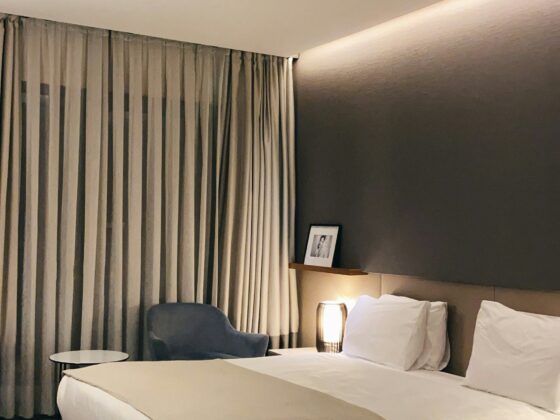China is teaching Western brands the secret to travel content: show your audience, don’t tell them.
In China, they’re booking trips directly from the videos they watch.
When people are planning their next venture, they don’t open a search engine. They open Little Red Book, Xiaohongshu.
If you haven’t heard of it, it’s a social platform that’s a cross between Instagram, Pinterest, and Amazon, and is one of the most influential apps in China when it comes to consumer travel behavior.
Audiences scroll, save and imagine themselves in the places they’re discovering. It’s a completely emotional, visual and experience-led journey.
Brands are building their content like creators, not institutions. And it’s why platforms like Xiaohongshu are reshaping how the next generation of travellers make decisions, long before they ever look at a booking site.
Meanwhile, in the West, a lot of brands are still publishing like it’s 2013, focusing on static ads, stock content and campaigns built around conversions, not culture.
They’re leading with messaging, rarely focusing on experience and using platforms to sell when really they should be using them to give audiences an insight into the world they experience when they travel.
But what I’ve learned is that travel content isn’t about volume anymore. It’s about resonance. Travellers, and especially younger travellers, are looking for identity and relatability. They want to feel seen and want content that isn’t an ad.
And that’s what China’s travel content is getting right. It shows rather than tells. Western travel brands need to stop seeing TikTok and Reels as purely distribution channels and treat them as inspiration-booking engines instead.
That’s how the next generation is planning to travel and it’s the only long-term way you’re going to get them to book with you.







